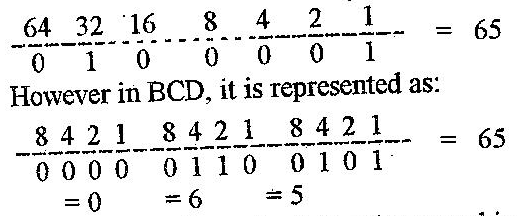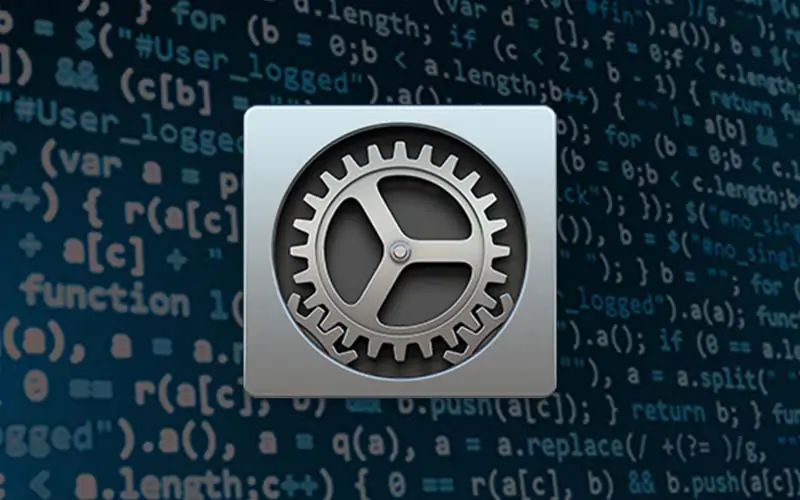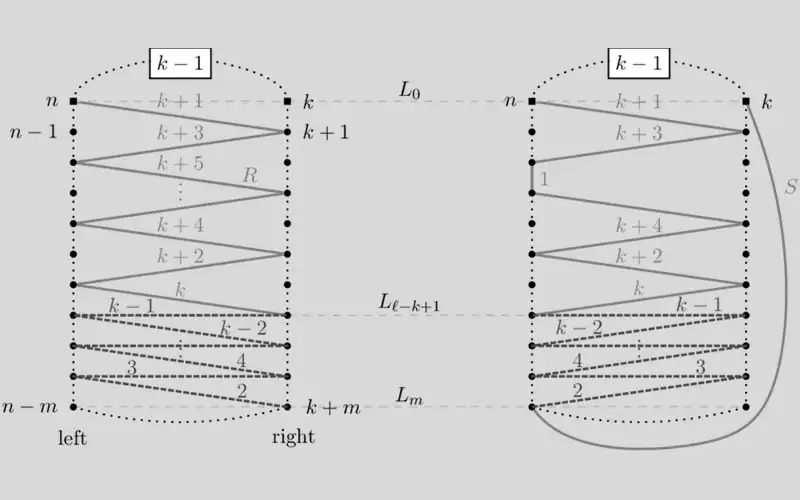What is the Data Coding System of Computer?
DATA CODING SYSTEM:
The computer works on binary system whereas the decimal system is acceptable as the international system. In order to communicate with the computers, one has to convert the information, numeric or non-numeric data or instruction into binary-language. A binary system is based on only.two digits, i.e., I and 0. It means each and every instruction or data has to be converted into the language of zeros and ones so as to make the computer understand the instructions or data.
A string of 8-bits (zeros and ones) used to represent a character (as in a 8-bit code) in a storage location is referred to as a byte. A byte is treated as unit for the purposes of retrieval, manipulation and storage. A group of 2 bytes (16-bits) is usually referred to as a half word. Grouping of 4 bytes (32-bits) is usually referred to as a standard word size.
However, larger mainframe computers have the capacity to operate on 8 bytes (64-bits) i.e., double words. A few standards are generally followed in order to convert the data into codes with the help of BCD (Binary Coded Decimal System), ASCII (American INFORMATION SYSTEMS Standard Code for Information Interchange), EBCDIC (Extended Binary Coded Decimal Interchange Code).
These codes discussed below.
BCD:
The first code of this category is the binary coded decimal system commonly known as BCD. It hybrid of the pure binary system and the decimal system. Each decimal digit in a number is converted into its binary equivalent rather than converting the entire decimal value into pure binary form. The number 65 is represented in binary version as:

However, there is one limitation that a combination of 4 bits is used to represent a decimal digit, it is possible to obtain no more that 16 combinations. This is clearly not enough.
ASCII:
The computers had started using 8 bits or 1 byte as the standard unit of storage. By using 6 bits, 2 were not being utilized and their capacity was being wasted. Therefore, the American National Standards Institute (ANSI) issued a standard code known as ASCII. ASCII being 7 bit code, offered 128 (27) different = combinations. It had 52 binary values for alphabets, both lowercase and uppercase, 10 for numerals and 66 for special characters. A revised standard Was issued by ANSI and was name ASCII-8, with the provision that the manufacturers will have an option to implement ASCII-8 on their systems.
This ASCII-8 was an 8-bit code, it could assign 256 (28) binary representations. Many new special characters were incorporated in the code. In new ASCII, ‘A’ has been assigned the decimal value of 65 and the binary equivalent of the same is 01000001, ‘B’ has been assigned the decimal value of 66 and the binary equivalent of the same is 01000010, ‘a’ has been assigned the decimal value of 97 and the binary equivalent of the same is 01100001, and ‘b’ has been assigned the decimal value of 98 and the binary equivalent of the same is 01100010.
EBCDIC:
It is pronounced as eb-si-dic code. It is an 8-bit code that permits 256 unique codes (28), which are more than enough for our twenty-six alphabetic characters ten numerals and commonly used special characters. The EBCDIC representation can be summarized as follows:





